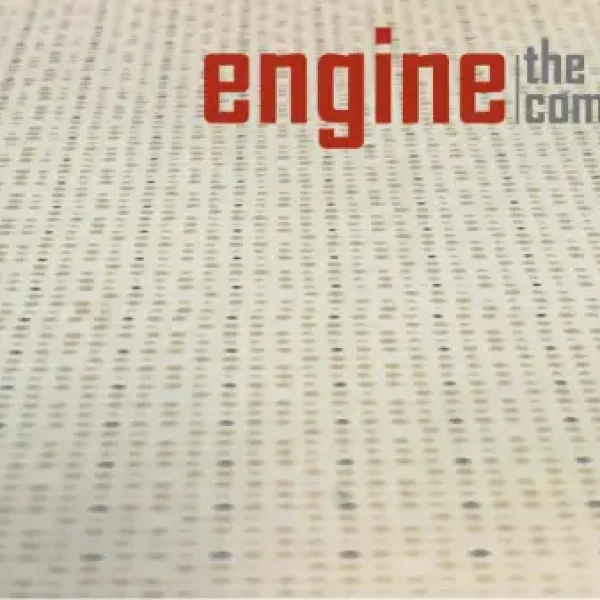Why are we in the life sciences?
Whether you’re researching novel biomarkers or disease pathways – you want to improve human lives. At engine, we know that your work paves the way for better diagnostics, better treatment, and better lives. And we know the potential that protein arrays offer to support research.
This is the story of us — how our team came to be and how we can support your innovation:
It all goes back to the RZPD, the Ressourcenzentrum Primärdatenbank, or the German Resource Center for Genome Research. The RZPD was founded as a reference library/primary database (RLDB) to distribute genomic and cDNA microarrays and moved to Berlin in early 1995. The RZPD was then launched in the summer. It quickly became the most comprehensive genetic clone database in the world.
But what about protein arrays? Let’s take a leap forward, three years.
In 1998, the Max Planck Institute (MPI) for Molecular Genetics and the RZPD collaborated on the first German protein array and one of the first in the world. K. Büssow et al. created a human fetal brain cDNA in E. coli, building the basis for our hEx1 library.
From that very first article, we knew we were onto something – a technology that would change proteomics forever:
“(…) high-throughput screening of an arrayed protein expression library is an economical way of generating large numbers of clones producing recombinant human proteins for structural and functional analyses.”
In 2016, we became the proud successor of these early innovators. We continue to supercharge protein array screening, evaluation, and project upscaling. We have been the engine, boosting over 100 publications in incredibly diverse areas. Our protein arrays have been used to:
- Validate Autoantibodies for complex regional pain syndrome
- Create novel prostate cancer diagnostics
- Understand autoimmunogenic reactions
- Identify marker for dilated cardiomyopathy (DCM)
- … and more
We are confident our protein arrays will continue to power transformational science. To quote Prof. Dr. Hollidt of in.vent Diagnostica GmbH:
“The future of diagnostics lies in personalized medicine. With the protein arrays, it is possible to take a look at the personal antibody level of each person and thus compare entire patterns instead of individual antigens – and this is much easier than with any other tool. To develop 21st century diagnostics and therapeutics, we need precise human samples and a broader tool for biomarker discovery.”
Do you want to learn more about the applications of our protein arrays? We have an entire library of publications covering a wide range of research areas.
We are also happy to talk to you directly. We can create personalized arrays or offer the hEXselect and the UniPEx protein arrays. The hEXselect is a direct successor of the original hEx1 library.
Are you ready to take your research to the next level? Book your free brainstorming session today!
- Büssow, K., Nordhoff, E., Lübbert, C., Lehrach, H., & Walter, G. (2000). A human cDNA library for high-throughput protein expression screening. Genomics, 65(1), 1–8. https://doi.org/10.1006/geno.2000.6141
- Baerlecken, N. T., Gaulke, R., Pursche, N., Witte, T., Karst, M., & Bernateck, M. (2019). Autoantibodies against P29ING4 are associated with complex regional pain syndrome. Immunologic research, 67(6), 461–468. https://doi.org/10.1007/s12026-020–09114‑y
- Massoner, P., Lueking, A., Goehler, H., Höpfner, A., Kowald, A., Kugler, K. G., Amersdorfer, P., Horninger, W., Bartsch, G., Schulz-Knappe, P., & Klocker, H. (2012). Serum-autoantibodies for discovery of prostate cancer specific biomarkers. The Prostate, 72(4), 427–436. https://doi.org/10.1002/pros.21444
- Preuss, K. D., Pfreundschuh, M., Weigert, M., Fadle, N., Regitz, E., & Kubuschok, B. (2015). Sumoylated HSP90 is a dominantly inherited plasma cell dyscrasias risk factor. The Journal of clinical investigation, 125(1), 316–323. https://doi.org/10.1172/JCI76802
- Horn, S., Lueking, A., Murphy, D., Staudt, A., Gutjahr, C., Schulte, K., König, A., Landsberger, M., Lehrach, H., Felix, S. B., & Cahill, D. J. (2006). Profiling humoral autoimmune repertoire of dilated cardiomyopathy (DCM) patients and development of a disease-associated protein chip. Proteomics, 6(2), 605–613. https://doi.org/10.1002/pmic.200401293
